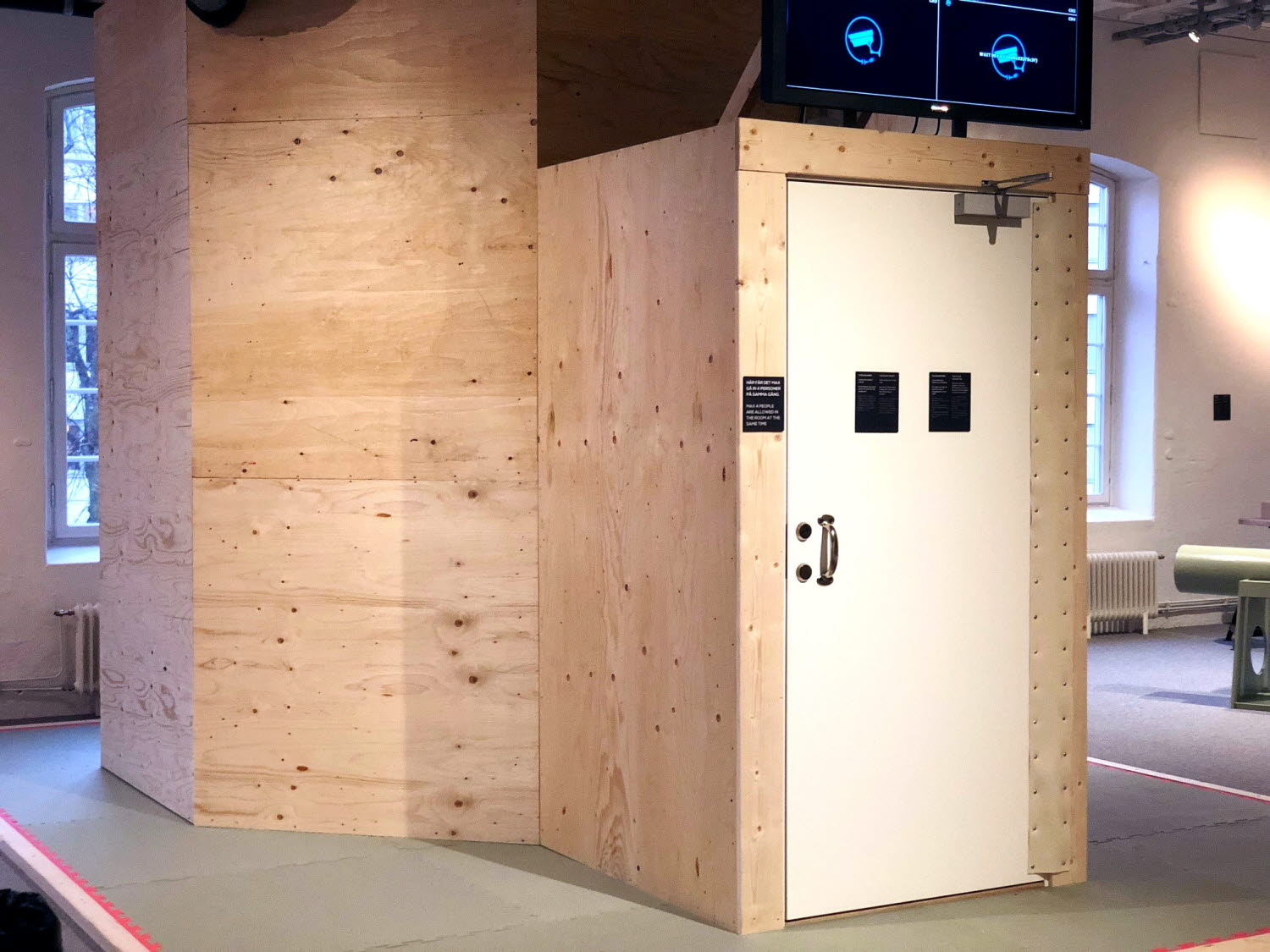
The silent room
This experiment is temporarily closed, due to the coronavirus. We hope to be able to open it again soon!
Our brain needs to work very hard when it receives and interprets different sounds. When the sound waves reach the ear and the auditory nerve, they are translated into electrical impulses that are transmitted to the brain stem. They are analysed and sorted. Important sounds are sent to the auditory centre of the brain near the temporal lobe where they are interpreted based on frequency, the number of oscillations per second, volume, amplitude, sound intensity and its direction from which the sound is coming. Once the sound is interpreted, it is supplemented with impressions from the other senses and previous memories, which transforms them into meaningful sounds. To stop us from becoming exhausted by all of these sound impressions, the brain filters out monotonous background noises. However, when sound contains information such as notification sounds from a mobile phone, we automatically begin to wonder what the noise is. When we are surrounded by many information-filled sounds, our brains soon become tired. The information-filled sounds we create ourselves disturb us less. Generally, we filter out low-frequency sounds such as those that come from our own heart, lungs or stomach.









